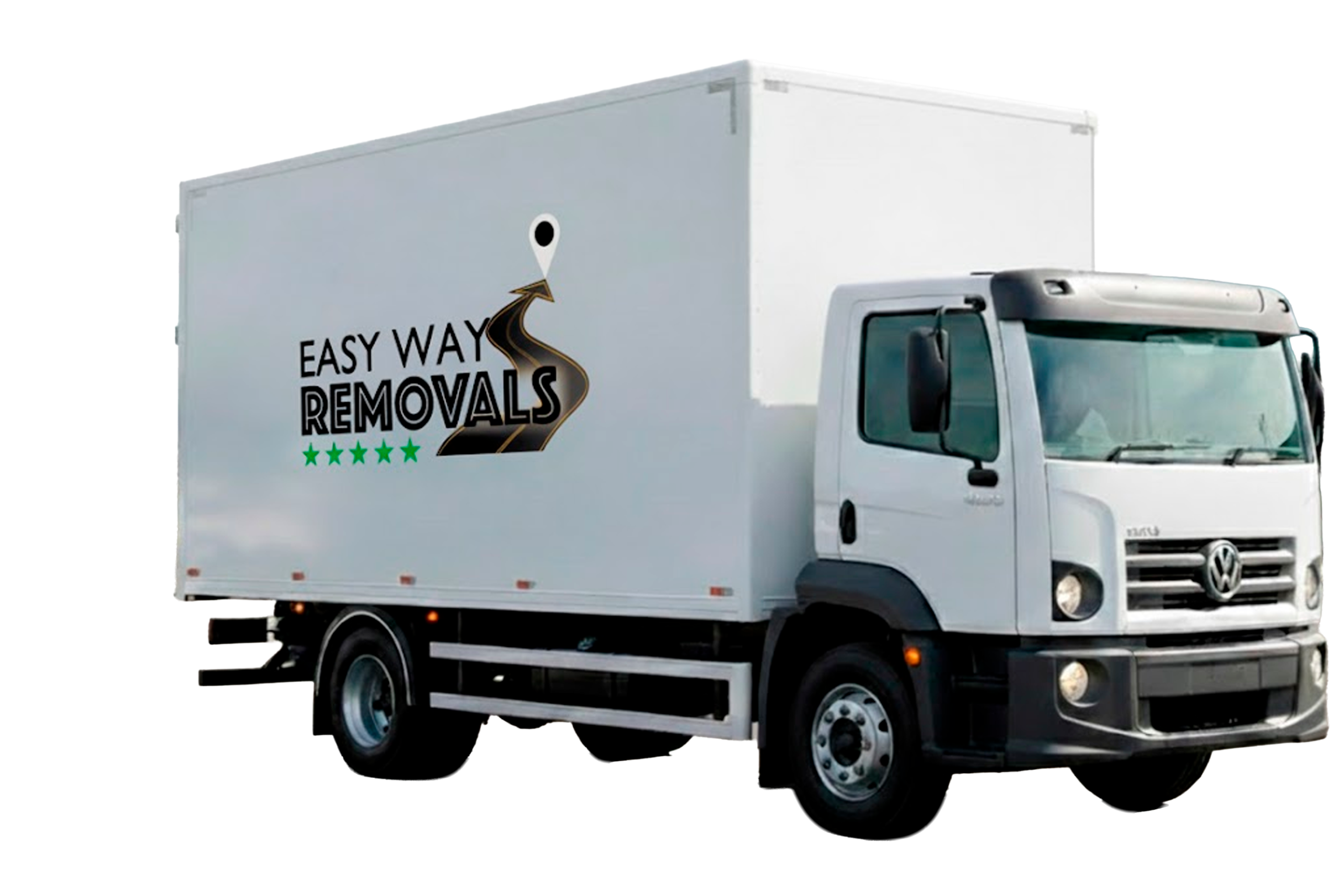
Protecting valuable items during transportation is important. Moving blankets are commonly used for this purpose due to their cushioning and versatility. If you are getting ready for a move or project, you may wonder if moving blankets are waterproof. Knowing the materials and construction of these blankets can help you decide how effective they will be in keeping your belongings safe.
Moving blankets, also called furniture pads, are commonly crafted from a blend of cotton and polyester for durability and flexibility. While they are meant to absorb impacts and protect against scratches during relocation, standard moving blankets are not waterproof. They can handle a bit of moisture, but won’t fully protect against water damage.
Considering the possibility of rain or spills during your move, it may be wise to take extra precautions.


To mitigate the drawbacks of moving blankets, especially in terms of moisture, it would be wise to integrate extra protective measures into your packing plan. An effective solution is to utilize plastic wrap or waterproof covers to safeguard your belongings from potential water-related harm. These tools are especially beneficial for electronics and delicate items that could be at risk during transit or while in storage.
Another method is to use durable storage bins that have secure lids. These containers can protect your belongings from moisture, spills, and leaks during transportation. Additionally, they help maintain organization by allowing you to stack and transport items without damaging fragile objects.
If you expect that the weather might be wet during your move, like from rain, snow, or humidity, it’s a good idea to get waterproof tarps or heavy-duty plastic sheeting. These can add an extra layer of protection by covering your moving truck or being placed under your moving blankets to prevent moisture.
Moving blankets are not waterproof, but they are crucial for safeguarding your items during a move. They provide cushioning to prevent damage and are cost-effective due to their reusability. To protect against water exposure, consider using plastic wrapping, waterproof covers, and secure storage bins. By combining these methods with good packing techniques, you can keep your belongings safe from both physical harm and moisture while moving.




